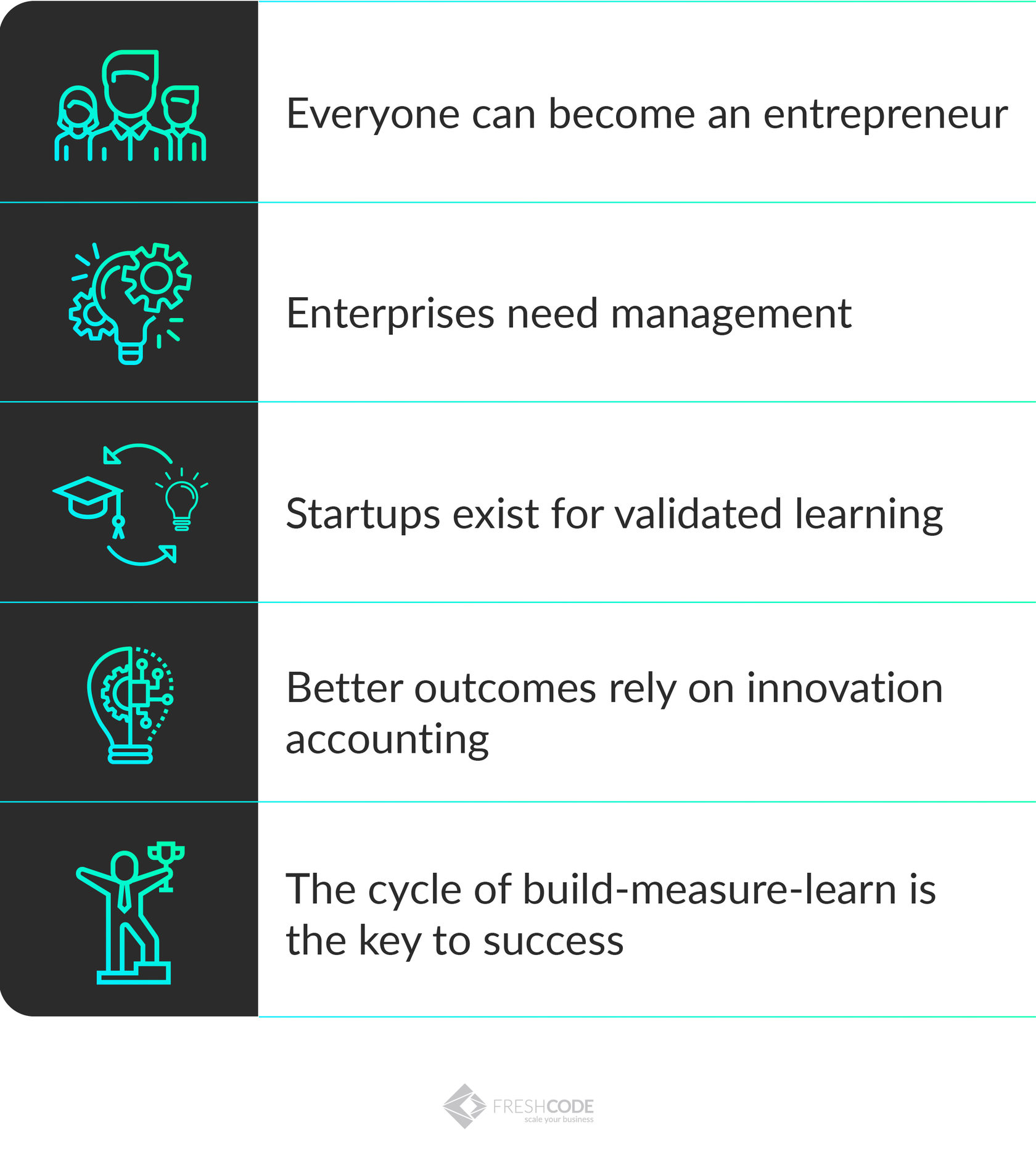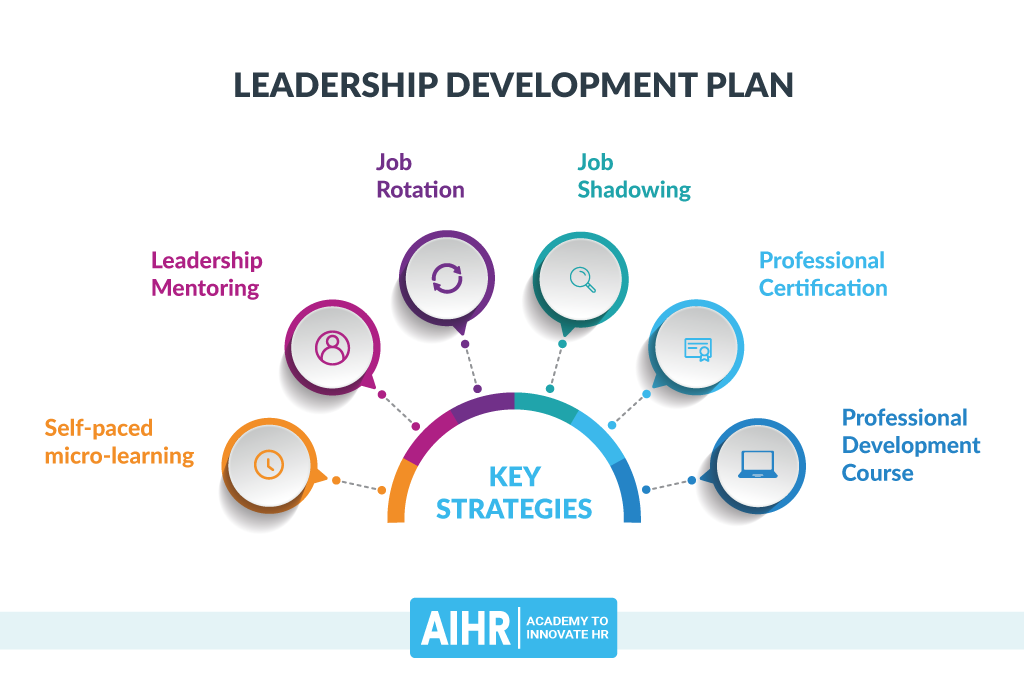Embracing the Lean Startup Methodology: Benefits, Challenges, and Actionable Tips
Introduction:Starting a new business venture can be exhilarating, yet challenging. With the ever-evolving market dynamics and fierce competition, entrepreneurs need to be agile and adaptable. This is where the lean startup methodology comes into play, offering a strategic framework to maximize efficiency, minimize risk, and foster continuous improvement. In this blog post, we will delve into the benefits and challenges of embracing a lean startup approach, along with actionable tips to implement it effectively
Benefits of the Lean Startup Methodology:1. Minimizing wastage: The lean startup methodology emphasizes the elimination of unnecessary activities, allowing entrepreneurs to focus on what truly matters. By analyzing customer feedback, conducting experiments, and iterating quickly, businesses can avoid investing time and resources into building products or services that do not meet market demands
2. Customer-centric approach: The lean startup methodology places a strong emphasis on customer feedback and validation. By engaging with potential customers early on and continually seeking their input, entrepreneurs can ensure that their product or service aligns with market needs. This not only minimizes the risk of building something that nobody wants but also enhances customer satisfaction and loyalty
3. Faster time to market: The lean startup methodology encourages a “build-measure-learn” feedback loop, enabling businesses to bring their products or services to market quickly. By releasing a minimum viable product (MVP) and gathering real-world data, entrepreneurs can make data-driven decisions to refine and enhance their offerings, reducing time spent on unnecessary features and accelerating the product development cycle
4. Increased adaptability: Startups that embrace the lean methodology are more adaptable to changes in the market. By constantly experimenting, measuring results, and learning from failures, entrepreneurs can quickly pivot their business strategies to seize new opportunities or address emerging challenges. This flexibility ensures that startups remain relevant and competitive in a rapidly evolving business landscape
Challenges of the Lean Startup Methodology:1. Uncertainty and risk: Embracing a lean startup methodology means venturing into uncharted territory. There is inherent uncertainty, and failure is an integral part of the process. Entrepreneurs must be prepared to accept and learn from failures, iterating based on feedback and data to increase their chances of success
2. Balancing speed and quality: The lean startup methodology encourages rapid iterations and quick release cycles. However, this can sometimes lead to compromises in product quality or even overlook critical aspects. Striking a balance between speed and quality is crucial to avoid potential setbacks
3. Cultural shift: Adopting a lean startup methodology often requires a cultural shift within the organization. It calls for embracing a mindset of continuous learning, experimentation, and collaboration. Entrepreneurs must be prepared to foster this culture of innovation and adaptability, which may require overcoming resistance to change among employees
Actionable Tips for Implementing the Lean Startup Methodology:1. Define clear goals: Start by setting SMART (Specific, Measurable, Achievable, Relevant, Time-bound) goals. This helps keep everyone focused and aligned with the desired outcomes
2. Embrace experimentation: Encourage a culture of experimentation and learning from failure. Regularly test assumptions, gather customer feedback, and iterate based on the insights gained
3. Validate customer needs: Engage with potential customers early on to validate assumptions and understand their pain points. Leverage tools like surveys, interviews, and prototypes to gather valuable feedback
4. Build a cross-functional team: Assemble a diverse team with complementary skill sets. This fosters collaboration, creativity, and the ability to tackle challenges from multiple perspectives
5. Use minimum viable products (MVPs): Develop and release MVPs to test market demand and gather real-world data. Use this feedback to refine and enhance your product or service iteratively
6. Measure and analyze data: Make data-driven decisions by collecting and analyzing relevant metrics. Tools like Google Analytics or customer surveys can provide valuable insights into user behavior and preferences
Conclusion:Embracing the lean startup methodology can provide numerous benefits for new business ventures, such as minimizing wastage, staying customer-centric, accelerating time to market, and increasing adaptability. However, it also comes with its fair share of challenges. By implementing actionable tips like setting clear goals, embracing experimentation, validating customer needs, building cross-functional teams, using MVPs, and measuring data, entrepreneurs can effectively navigate these challenges and leverage the power of the lean startup methodology to drive their business towards success.



